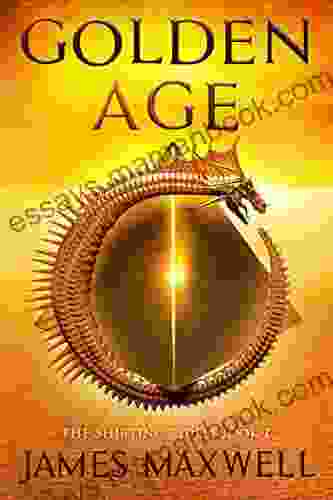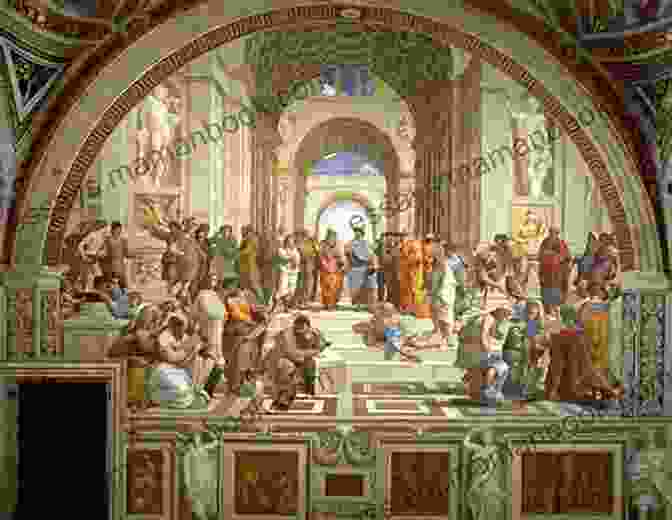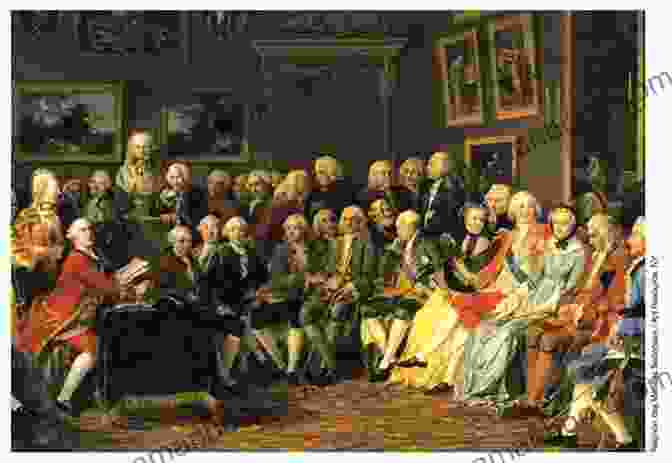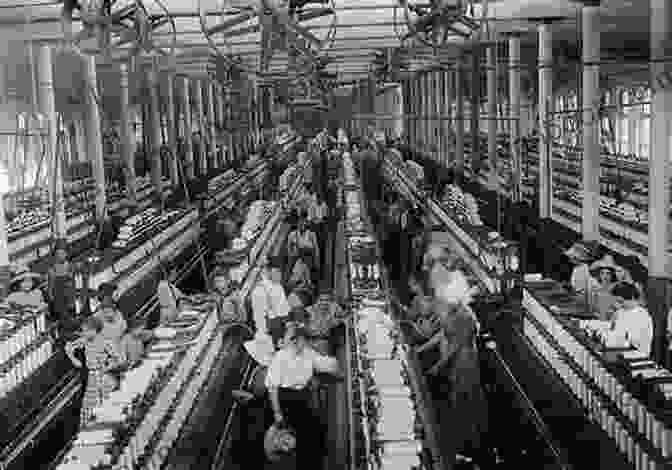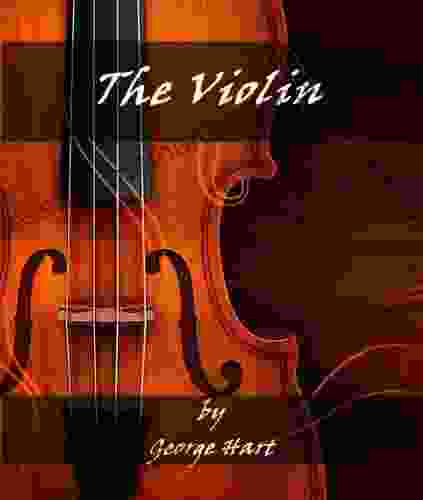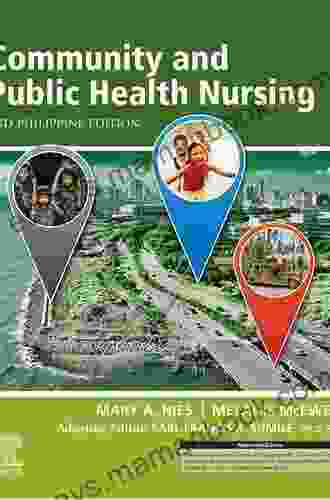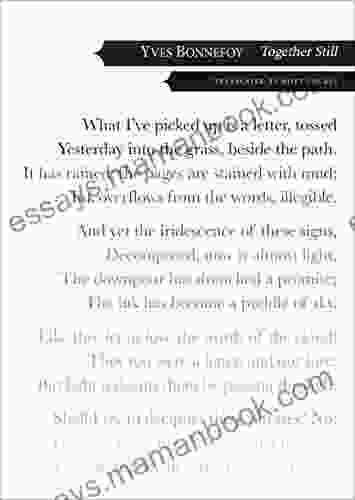The Golden Age: Shifting Tides and the Dawn of a New Era

The Golden Age, a period of remarkable cultural, scientific, and artistic flourishing, has captivated historians and scholars for centuries. This transformative era witnessed the rise of civilizations and the emergence of ideas that shaped the course of human history. However, it is not a static concept but rather a dynamic process marked by shifting tides that shaped its evolution and laid the foundation for the future.
4.3 out of 5
| Language | : | English |
| File size | : | 5465 KB |
| Text-to-Speech | : | Enabled |
| Screen Reader | : | Supported |
| Enhanced typesetting | : | Enabled |
| X-Ray | : | Enabled |
| Word Wise | : | Enabled |
| Print length | : | 466 pages |
In this article, we will embark on a journey through the Golden Age, exploring the shifting tides that characterized this pivotal period. We will delve into the Renaissance, the Age of Enlightenment, and the Industrial Revolution, examining the key factors that contributed to their rise, the challenges they faced, and the enduring legacy they left behind.
The Dawn of a New Era: The Renaissance
The Renaissance, spanning the 14th to the 17th centuries, marked a pivotal shift in European history, characterized by a profound revival of classical learning and a flowering of art and literature. Driven by the rediscovery of ancient Greek and Roman texts, the Renaissance ushered in a new era of humanism and inquiry.
One of the key factors that shaped the Renaissance was the rise of wealthy merchants and patrons in northern Italy, who provided financial support for artists and scholars. This patronage system enabled the creation of masterpieces such as Leonardo da Vinci's "Mona Lisa" and Michelangelo's "David," which embody the artistic genius of the era.
The Renaissance also witnessed the development of new printing technologies, such as the Gutenberg press, which facilitated the widespread dissemination of knowledge and ideas. This, in turn, led to the rise of universities and a new emphasis on education and intellectual pursuits.
Challenges and Impact
Despite its cultural and artistic achievements, the Renaissance was not without its challenges. Europe continued to be plagued by religious wars, political instability, and the rise of authoritarian regimes. However, the ideas and innovations that emerged during this period laid the foundation for subsequent cultural and scientific advancements.
The Age of Enlightenment: Reason and Rationality
The Age of Enlightenment, spanning the 17th and 18th centuries, was a period of philosophical and scientific inquiry that placed a strong emphasis on reason and rationality. Building upon the foundations of the Renaissance, Enlightenment thinkers sought to apply scientific principles to all aspects of human life and society.
One of the key figures of the Enlightenment was the English philosopher John Locke, who proposed the theory of natural rights and the social contract. His ideas influenced the development of political and legal systems in Europe and the Americas.
The Enlightenment also witnessed significant scientific advancements, including the development of calculus by Isaac Newton and the discovery of electricity by Benjamin Franklin. These discoveries transformed our understanding of the natural world and laid the groundwork for the Industrial Revolution.
Challenges and Impact
The Age of Enlightenment faced its own set of challenges, including political repression and the rise of skeptical movements that questioned the validity of reason. However, the ideas and principles that emerged during this period had a profound impact on Western thought and culture.
The Industrial Revolution: Progress and Transformation
The Industrial Revolution, beginning in the late 18th century, marked a transformative era in human history, characterized by the widespread adoption of mechanized production and the development of new energy sources, such as steam power. This technological leap led to a significant increase in productivity and paved the way for the modern world.
Key factors that contributed to the Industrial Revolution included the invention of new machines, such as the steam engine and the power loom, as well as the availability of new raw materials, such as coal and iron. The rise of industrial centers and the growth of cities led to profound social and economic changes.
The Industrial Revolution also presented challenges, including the exploitation of workers, pollution, and the rise of labor movements. However, it laid the foundation for technological advancements that continue to shape our lives today.
The Golden Age, stretching across the Renaissance, the Age of Enlightenment, and the Industrial Revolution, was a period of remarkable cultural, scientific, and technological transformation. It witnessed the rise of new ideas, the flourishing of art and literature, and the development of technologies that shaped the course of human history.
While each phase of the Golden Age had its own unique challenges and characteristics, they were all characterized by a spirit of progress, innovation, and a relentless pursuit of knowledge. The enduring legacy of the Golden Age continues to inspire and shape our world, reminding us of the transformative power of human ingenuity and the importance of embracing new ideas and perspectives.
4.3 out of 5
| Language | : | English |
| File size | : | 5465 KB |
| Text-to-Speech | : | Enabled |
| Screen Reader | : | Supported |
| Enhanced typesetting | : | Enabled |
| X-Ray | : | Enabled |
| Word Wise | : | Enabled |
| Print length | : | 466 pages |
Do you want to contribute by writing guest posts on this blog?
Please contact us and send us a resume of previous articles that you have written.
 Top Book
Top Book Novel
Novel Fiction
Fiction Nonfiction
Nonfiction Literature
Literature Paperback
Paperback Hardcover
Hardcover E-book
E-book Audiobook
Audiobook Bestseller
Bestseller Classic
Classic Mystery
Mystery Thriller
Thriller Romance
Romance Fantasy
Fantasy Science Fiction
Science Fiction Biography
Biography Memoir
Memoir Autobiography
Autobiography Poetry
Poetry Drama
Drama Historical Fiction
Historical Fiction Self-help
Self-help Young Adult
Young Adult Childrens Books
Childrens Books Graphic Novel
Graphic Novel Anthology
Anthology Series
Series Encyclopedia
Encyclopedia Reference
Reference Guidebook
Guidebook Textbook
Textbook Workbook
Workbook Journal
Journal Diary
Diary Manuscript
Manuscript Folio
Folio Pulp Fiction
Pulp Fiction Short Stories
Short Stories Fairy Tales
Fairy Tales Fables
Fables Mythology
Mythology Philosophy
Philosophy Religion
Religion Spirituality
Spirituality Essays
Essays Critique
Critique Commentary
Commentary Glossary
Glossary Bibliography
Bibliography Index
Index Table of Contents
Table of Contents Preface
Preface Introduction
Introduction Foreword
Foreword Afterword
Afterword Appendices
Appendices Annotations
Annotations Footnotes
Footnotes Epilogue
Epilogue Prologue
Prologue Audrey Monke
Audrey Monke Adeval De Andrade
Adeval De Andrade Reily Garrett
Reily Garrett Erik Smith
Erik Smith Shamini Mary
Shamini Mary Benjamin Roth
Benjamin Roth Richard M Knittle Jr
Richard M Knittle Jr Kimberly Wollenburg
Kimberly Wollenburg Joseph Murphy
Joseph Murphy Valarie Johnson
Valarie Johnson Tabor Evans
Tabor Evans By S Bunny Goodman
By S Bunny Goodman Anna Curran
Anna Curran Deanna Mendez
Deanna Mendez Gray Holborn
Gray Holborn Sara Mcclure
Sara Mcclure Julian Richer
Julian Richer John A Brennan
John A Brennan Dan Jurgens
Dan Jurgens May Sage
May Sage
Light bulbAdvertise smarter! Our strategic ad space ensures maximum exposure. Reserve your spot today!
 Greg FosterFollow ·12.5k
Greg FosterFollow ·12.5k Brian BellFollow ·15.2k
Brian BellFollow ·15.2k Juan ButlerFollow ·10.9k
Juan ButlerFollow ·10.9k Quincy WardFollow ·18.1k
Quincy WardFollow ·18.1k Trevor BellFollow ·9.3k
Trevor BellFollow ·9.3k Gerald ParkerFollow ·17.1k
Gerald ParkerFollow ·17.1k Branson CarterFollow ·18.8k
Branson CarterFollow ·18.8k Sammy PowellFollow ·3.5k
Sammy PowellFollow ·3.5k

 Dean Butler
Dean ButlerBlack Widow 2024: A Comprehensive Guide to Kelly...
In 2024, Marvel...
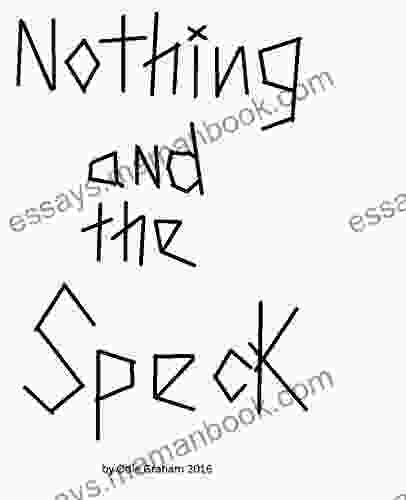
 Gage Hayes
Gage HayesNothing and the Speck: An In-Depth Analysis of Yana...
Yana Toboso's works, particularly the manga...

 Stan Ward
Stan WardThe Best American Poetry 1997: James Tate
The Best American Poetry...

 Corey Green
Corey GreenThe Chance of Home: Exploring the Poetic Landscape of...
Immerse yourself in the evocative world of...
4.3 out of 5
| Language | : | English |
| File size | : | 5465 KB |
| Text-to-Speech | : | Enabled |
| Screen Reader | : | Supported |
| Enhanced typesetting | : | Enabled |
| X-Ray | : | Enabled |
| Word Wise | : | Enabled |
| Print length | : | 466 pages |


